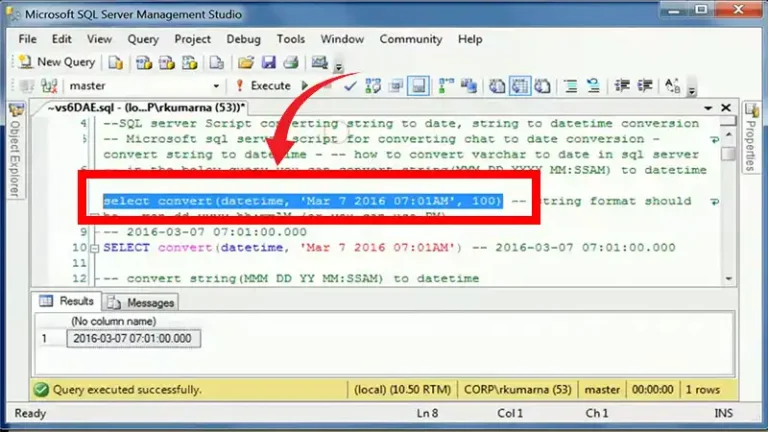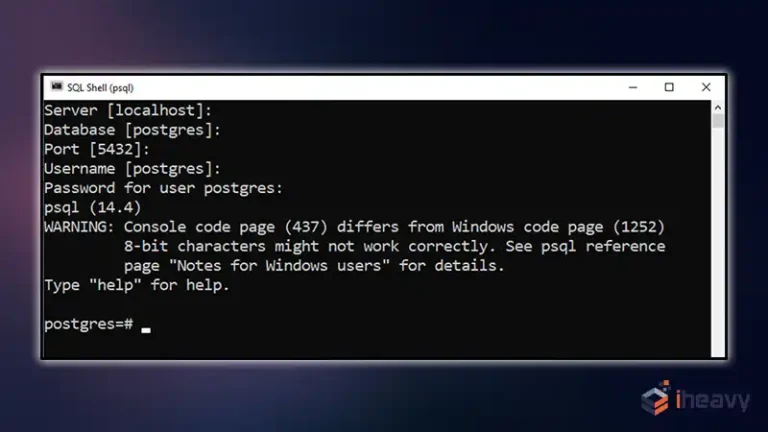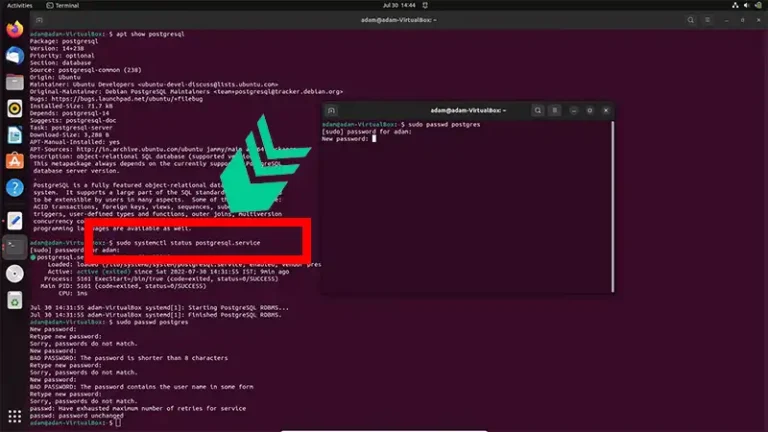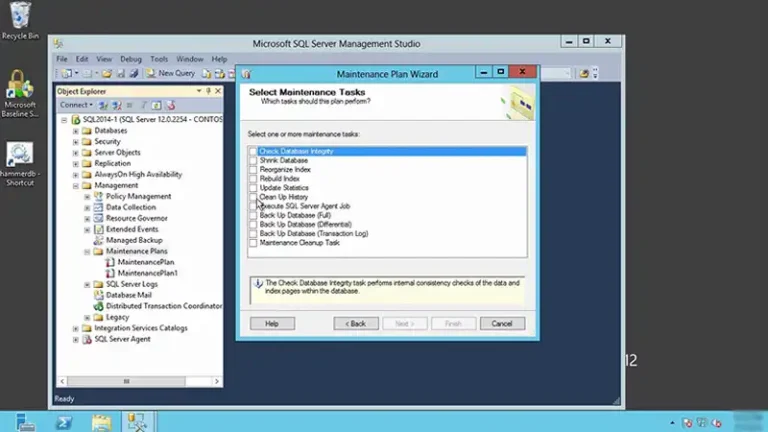The Difference Between Cross Join and Full Outer Join
In SQL, joins are essential operations that allow us to combine data from two or more tables. Among the various types of joins, CROSS JOIN and FULL OUTER JOIN are two that often cause confusion.
While both serve to combine tables, they do so in fundamentally different ways, and understanding their differences is crucial for effective database querying. Here’s one way of understanding their differences.
What Is a Cross Join?
CROSS JOIN is the simplest type of join in SQL. It returns the Cartesian product of the two tables involved, which means that each row from the first table is combined with every row from the second table. This join is used when there is no condition for the relationship between the two tables.
Example Scenario:
Suppose we have two tables, Products and Colors, as shown below:
When a CROSS JOIN is applied to these tables:
SELECT *
FROM Products
CROSS JOIN Colors;The result would be:
| ProductID | Name | ColorID | ColorName |
| 1 | Shirt | 1 | Red |
| 1 | Shirt | 2 | Blue |
| 2 | Pants | 1 | Red |
| 2 | Pants | 2 | Blue |
In this case, every product is matched with every color. If there are m rows in the Products table and n rows in the Colors table, the result will have m * n rows. This type of join is often used in scenarios where you need to test all possible combinations or where no direct relationship exists between the tables.
What Is a Full Outer Join?
FULL OUTER JOIN combines the results of both LEFT JOIN and RIGHT JOIN. It returns all records when there is a match in either the left or right table. If there is no match, the result will contain NULL for the missing side. This join is useful when you need to retain all rows from both tables regardless of whether they have matching records.
Example Scenario:
Consider the following tables, Employees and Departments:
When a FULL OUTER JOIN is applied:
SELECT *
FROM Employees
FULL OUTER JOIN Departments
ON Employees.EmpID = Departments.DeptID;The result would be:
| EmpID | Name | DeptID | DeptName |
| 1 | Alice | 1 | HR |
| 2 | Bob | 2 | IT |
| 3 | Charlie | NULL | NULL |
| NULL | NULL | 4 | Finance |
Here, the join returns all rows from both tables. If there is no matching row, NULL is shown for the missing values.
For example, Charlie from the Employees table doesn’t have a matching DeptID in the Departments table, and similarly, the Finance department doesn’t match any EmpID in the Employees table. These unmatched records are still included in the final result set.
What Is the Difference Between Cross Join and Full Outer Join in SQL?
The primary difference between CROSS JOIN and FULL OUTER JOIN lies in how they handle the relationship between tables:
| Criteria | CROSS JOIN | FULL OUTER JOIN |
| Result | Cartesian product of the two tables | Combines all records from both tables |
| Match | No condition is required for matching | Matches records based on a specified condition |
| Rows Returned | Always returns m * n rows, where m and n are the number of rows in the tables | Returns all rows from both tables, including those without matches |
| NULL Values | Does not introduce NULL values | Introduces NULL for unmatched rows |
| Use Case | Used when all combinations are needed, or no direct relationship exists | Used when you need to preserve all data, with or without matches |
Performance:
CROSS JOIN can produce a large result set very quickly, especially with large tables, which might affect performance. It’s essential to use it carefully, particularly with large datasets.
FULL OUTER JOIN can be more performance-intensive than other types of joins because it needs to scan both tables and manage NULL values.
Appropriate Usage:
CROSS JOIN is typically used in scenarios like generating all combinations of two lists or when you need every possible pair of rows.
FULL OUTER JOIN is useful when you need a comprehensive view of two datasets, ensuring no data is lost from either table, even if it doesn’t have a match.
Frequently Asked Questions
Is UNION faster than full outer join?
SQL UNION combines results from multiple queries, keeping duplicate rows. This often makes it faster than removing duplicates.
Which join is fastest?
SQL UNION includes all rows from multiple queries, even duplicates, often resulting in faster performance. Inner joins can be slower than outer joins, especially left outer joins. Outer joins generally provide better performance as they include all rows from one table, regardless of matching values in the other table.
Conclusion
While CROSS JOIN offers all possible combinations of rows, it can lead to large datasets and should be used with caution. FULL OUTER JOIN, on the other hand, is useful for retaining all data from both tables, including those with no matching records, but requires handling of NULL values.
Choosing the correct type of join depends on the specific requirements of the query and the relationship between the tables involved.






